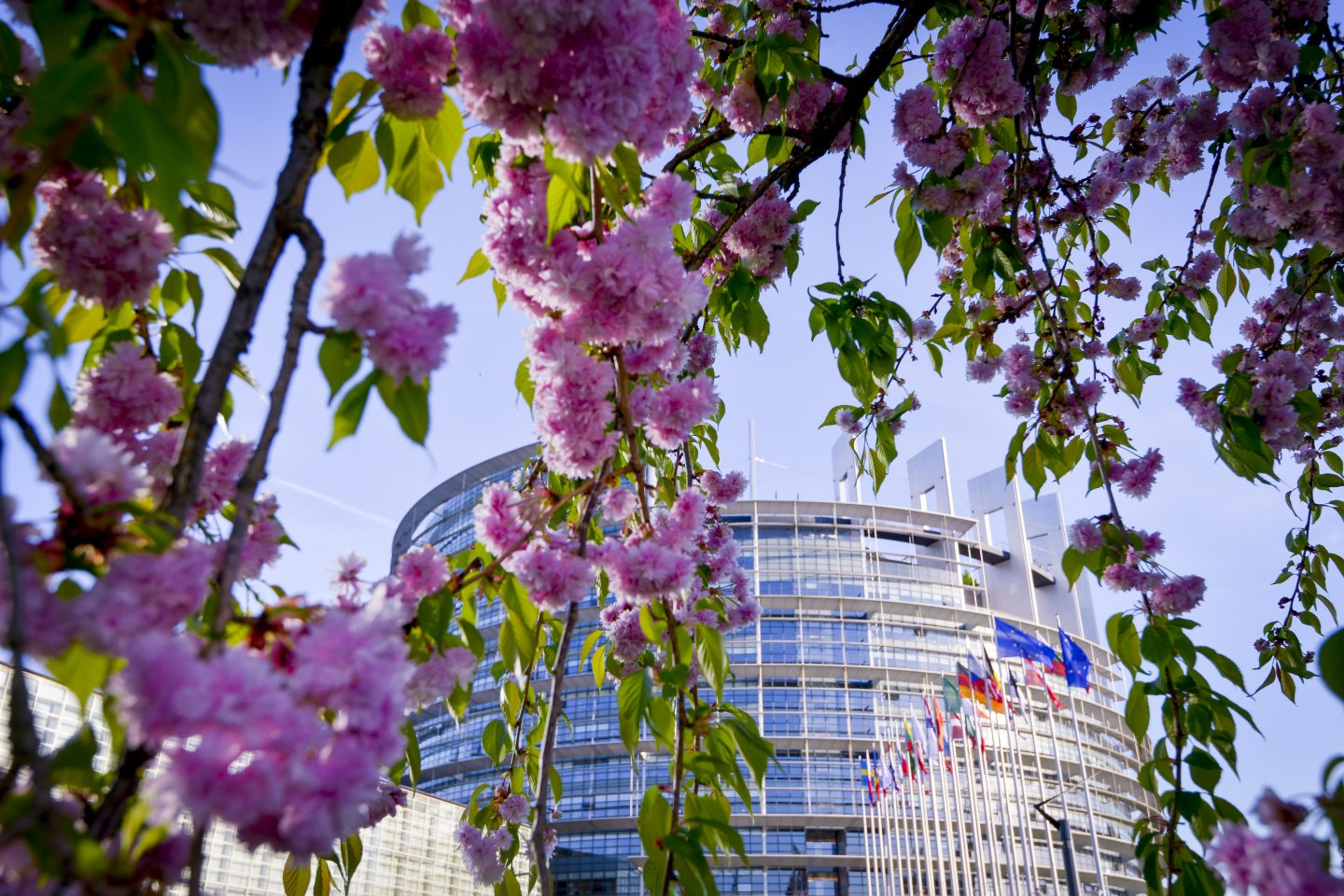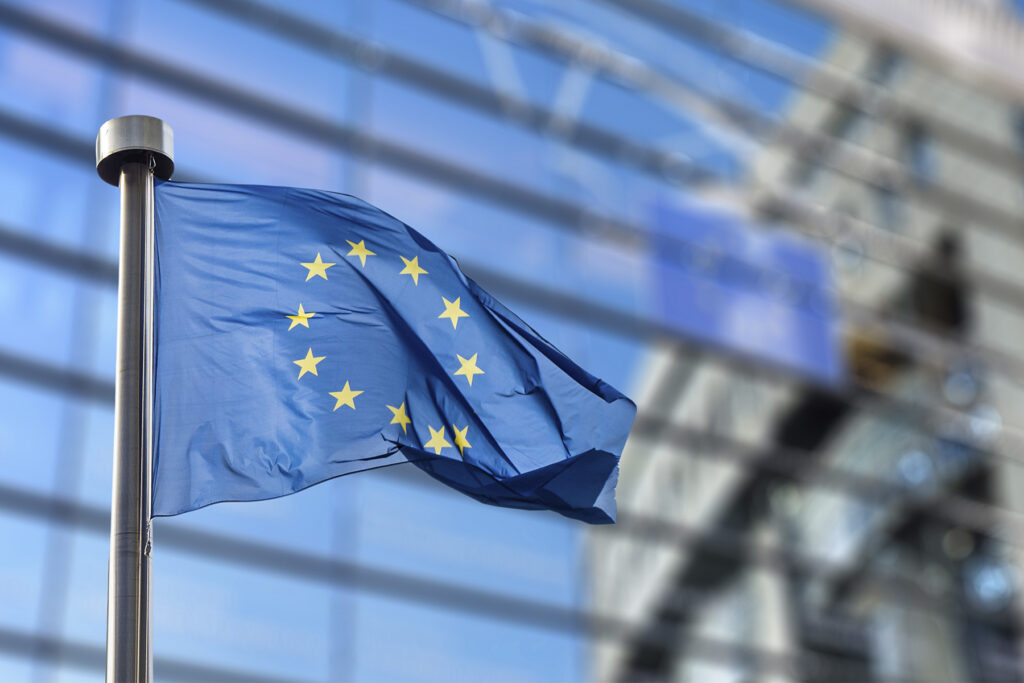Luonnonsuojeluliiton lausunto EU:n ilmastolaista
–
EU:n ilmastolain pitää vauhdittaa ilmastotoimia EU:ssa, toteaa Luonnonsuojeluliitto lausunnossaan EU-komissiolle. Ensisijaista on huolehtia siitä, että tavoitteet ovat 1,5 asteen mukaisia, hiilinieluilla ei korvata fossiilisten polttoaineiden päästövähennyksiä, EU perustaa oman tieteellisen ilmastopaneelin ja ihmisten, joiden elämää ilmastokriisi uhkaa, oikeuksia kunnioitetaan.

The Climate Law is a step forward and could be a great opportunity and tool for climate governance. The Climate Law, in addition to enshrining a long-term climate target into law, should govern ambitious policymaking to deliver on the European Green Deal and should avoid specific pitfalls related watering down the speed or ambition of climate action.
Separate emission reductions from emissions removals: Targets and accounting for negative emissions should be explicitly set and managed separately from existing and future targets for emissions reduction. Failure to make such a separation has already hampered climate policy (see LULUCF flexibilities), and could further delay ambition if emitting sectors exaggerate the expected future contribution of negative emissions technologies.
With current 2030 reduction pledges, we are set on a pathway towards 3-3.2°C increase in temperature. Countries however agreed in Paris to limit the increase in temperature to 1.5°C. If the Commission wants to fulfill its promise it should reach climate neutrality already by 2040 and increase its 2030 climate target to at least 65%. The NDC increase by 2030 target should not include offsetting, but be an emission reduction target only.
Avoid putting false hope in large-scale geo-engineering: We have no substitute for keeping fossil fuels in the ground, and we are not decarbonizing rapidly enough. Geo-engineering projects in Europe have failed to materialize despite trials, offer huge trade-offs at scale, and have been found to be a “mitigation deterrence” in climate planning; particularly BECCS, which validates delays in reducing emissions.
Prioritize natural sinks: Our vegetation and oceans are the largest absorbers of CO2 in Europe and across the globe. Since 2000, the net reported annual LULUCF sink has been around 300 Mt CO2e on average, with an unfavourable declining trend over the past 8 years owing to growing demand for wood for material uses and energy production, according to the EEA. With proper protection and restoration of forests we could triple the amount of carbon they store each year.
Mainstreaming action on climate and biodiversity: All pathways and national measures to achieve climate targets should respect and enhance biodiversity as well as take into account the conclusions of Intergovernmental Science-Policy Platform on Biodiversity and Ecosystem Services (IPBES).
Independent scientific body: The law currently lacks a scientific approach. FANC therefore calls for effective, independent and accountable climate governance which requires the creation of independent scientific advice concerning the sufficiency of EU action in relation to the set targets. The inclusion of an independent scientific body in the climate law is primordial to ensure legitimacy and accountability of the Commission and guarantee that climate science is duly taken into account in climate policy and climate targets. This would be a non-stakeholder body in order to guarantee the independence of its scientific advice. The memebrs should be chosen based on proposals of academic scientific bodies based on the academic achievements in fields relevant on addressing climate change.
Access to justice and public participation: In line with the Aarhus Convention FANC calls for a reinterpretation of the Court’s jurisprudence, that has interpreted the Treaty too strictly up until now, clarifying that citizens and their representatives are directly and individually concerned by the compliance of the EU’s bodies with the Paris agreement goals. The Commission must publish all assessments containing environmental information in an adequate, timely and effective manner allowing for, where relevant, public input.
Review clause: A review clause should be included to ensure that the 2050 and 2030 targets are not set in stone, but reviewed every 5 years in line with the Paris Agreement’s five-year cycle and based on best available science. No backliding can be allowed.
Lisätietoja

Ilmastoasiantuntija Hanna Aho
- +358 40 628 9495
- hanna.aho(a)sll.fi


